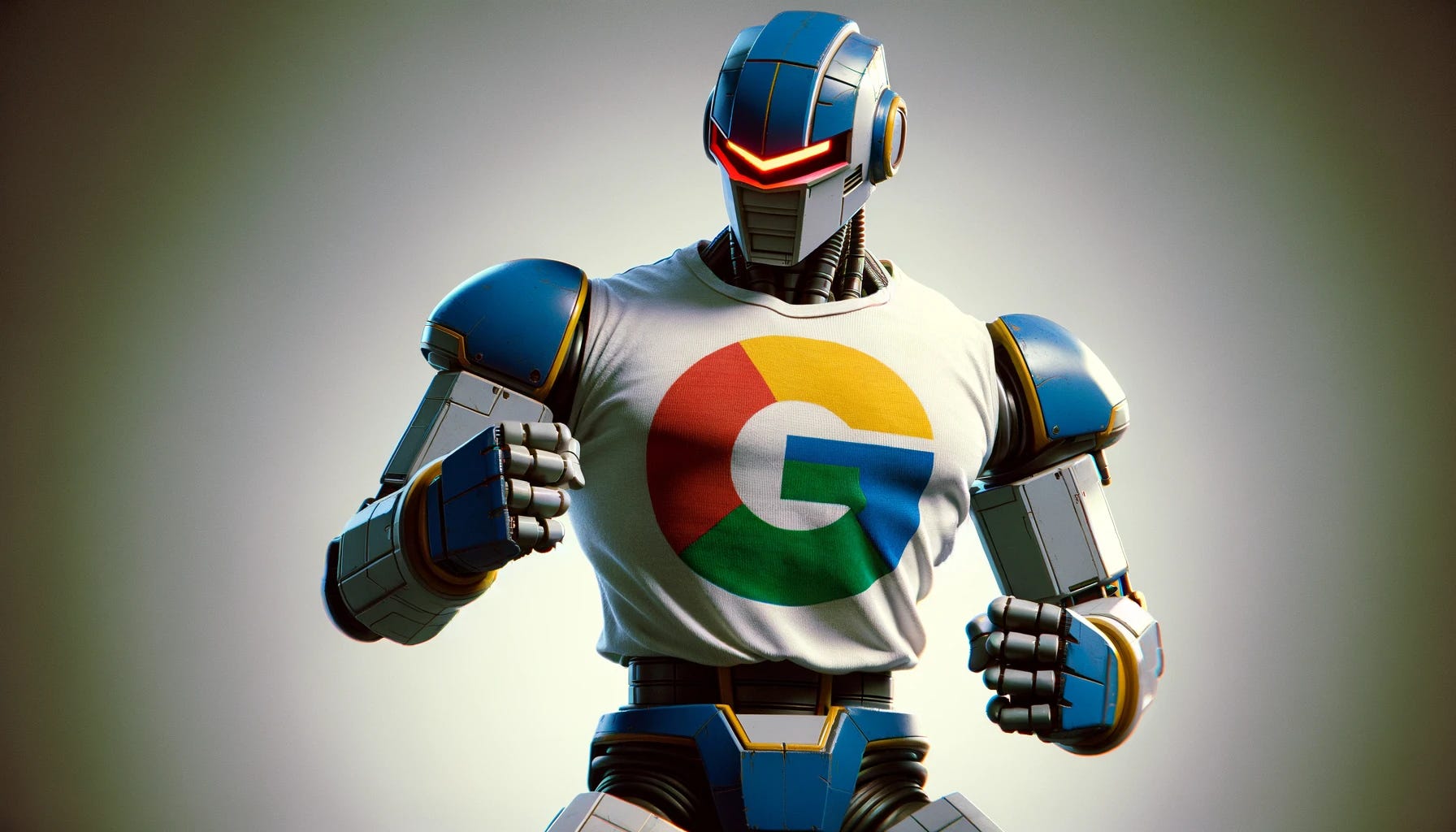When OpenAI experienced its boardroom coup back in the fall, it was a prudent reminder for users of ChatGPT and the company’s foundational models to diversify their AI toolkit. After all, if the company supporting your chief generative tool was suddenly kaput (which looked like a real possibility), you would need a fallback plan at the very least. We recommended as such at the time.
AI chatbots are only as good as your prompt. However, few people have the time or patience to test, iterate, and revise their prompts for the best results. Luckily, we’ve done that for you — download our free guide to the 100 best prompts for PR professionals or click the image below ?
But the drama at the company mostly subsided by Thanksgiving, and, even though the idea of diversification made sense, there was an industry consensus that OpenAI had the best-performing generative model on the market. Yes, it made sense to try new tools, but if you wanted the best possible output for the most popular use cases, you came home to GPT-4.
Google has tried very hard to puncture this consensus. It launched Gemini right at the end of 2023, billing it as a true competitor to GPT-4 in its abilities — from interpreting commands, understanding what’s in photos, and serving up useful output. Although the company was criticized for cherrypicking various use cases and selling more hype than reality at launch, most have acknowledged that Gemini can go toe-to-toe with GPT-4, at least in its most performant iterations (Google released three different versions — Nano, Pro, and Ultra — with progressively better power).
And as of last week, Gemini isn’t just broadly available — it’s broadly available for free, for two months if you sign up for a free trial. With the announcement, Google also cleared up a branding problem, doing away with Bard, the old name for its “experimental” AI-driven services.
That two months is key. Up until now, for customers willing to pay for a general-purpose GenAI product, there was essentially one game in town. With Gemini, there are now two, but that doesn’t mean it can easily win over OpenAI customers, even if they’re willing to diversify. Google needs to give those customers a clear reason to switch, which so far isn’t apparent. If Google is to create a new consensus in the GenAI marketplace, there are things it needs to work on:
1. Getting the right balance on safety
Over the years, Google has borne the brunt of criticism of AI, which likely hampered its progress and allowed OpenAI to take the lead. While the big G has woken up to the competition, it’s also clearly ultra-sensitive to scrutiny and has tightened its safeguards, leading to many queries where Gemini refuses to produce an output because of a possible legal or ethical violation).
All models have this issue, of course, but the devil is in the details — really figuring out where the fine lines are between acceptable and unacceptable queries to maximize the model’s usefulness. OpenAI has simply had more time to do this, and one of the reasons it’s the market leader is subtleties like this, not just raw power. Google needs to get good at this, and fast, lest it suffer the reputation of Anthropic’s Claude, whose safety features make it borderline useless for many queries (just try asking Claude about a copyrighted work).
2. Simplifying Gemini as a product
Scrapping the Bard brand was a good step in the direction of clarity for Gemini, but it was just one step. The three labels for Gemini are already confusing, but even worse is that it’s only available to Gmail users and not Google Workspace users. I understand the desire to release Gemini to the maximum number of users out of the gate, but denying a useful product to your paying customers is wrongheaded.
There’s also the issue that Google has many cloud products: Gemini comes bundled as part of a “Google One” package with 2TB of storage. Next to the extremely simple “$20 a month gets you the whole AI package” from OpenAI, Google’s offering feels like a confusing upsell.
3. Provide clarity on differentiators
One seeming advantage that Gemini (and its predecessor, Bard) has is its connection to a user’s Google account, with access to Google Drive files, YouTube history, Gmail, and everything else. However, exactly what the best ways are of leveraging generative AI with such a data trove remain opaque.
Google appears to have rushed out Gemini without fully thinking through what could be and should be the model’s killer app: applying GenAI to an individual’s digital life. Google should step up with demos and tutorials about how to leverage Gemini in use cases that mine outputs from a user’s personal history that aren’t just useful, but delightful.
4. Make a better API
Defining a “better” API is obviously qualitative but Google has the change to go completely rogue and offer a free or very low cost API to developers. While most of us will never use these tools, it will be a vital way to for Google to capture market share from OpenAI which, from the beginning, has always had a very robust way to connect to the app via code. AI, for most of us, will be a service, not an application and because it is cost prohibitive to run our own models on our own computers, the best API access will win.
Getting into the game
The AI market is better now that there’s a real alternative to GPT-4 that can compete on performance. If Google can also address Gemini’s weaknesses over the next few months while a whole new set of customers is trying it out, we might have a real game on our hands. At least until GPT-5 enters the arena.


Leave a Reply